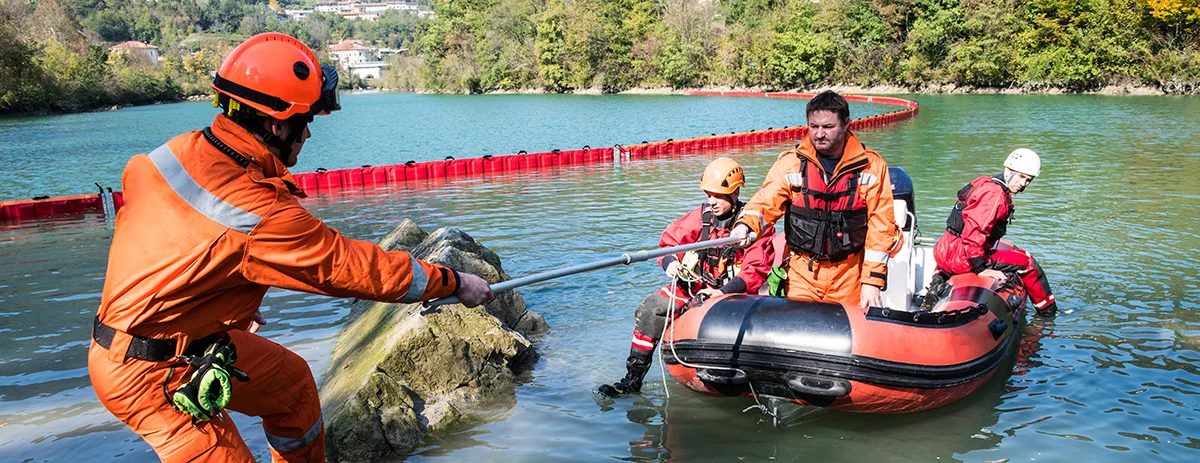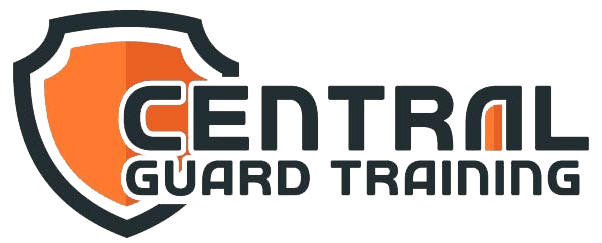
Boosting Your Situational Awareness
Boosting Your Situational Awareness: Strategies for Everyday Life
In today’s fast-paced world, enhancing your situational awareness can be a game changer, not just for personal safety, but for making better decisions in various aspects of life. Situational awareness involves understanding and being aware of your surroundings, recognizing potential threats, and being proactive in your responses. Here’s how you can boost your situational awareness in everyday situations.
What is Situational Awareness?
Situational awareness is the ability to perceive, understand, and predict what’s happening around you. It’s not just about being alert to dangers but also about comprehending the context of the environment and anticipating future events. This skill is essential in various fields, including law enforcement, aviation, and emergency response, but it’s equally valuable in daily life.
Why is it Important?
- Personal Safety: Heightened awareness can help you avoid dangerous situations.
- Better Decision-Making: Understanding your environment enables more informed choices.
- Enhanced Focus: It helps you concentrate on important tasks while filtering out distractions.
- Improved Adaptability: Being aware of your surroundings allows you to respond effectively to changes or new information.
Techniques to Improve Situational Awareness
1. Practice Mindfulness
Mindfulness exercises promote a heightened state of awareness. Spend a few minutes each day focusing on your breath, observing your thoughts, and tuning into your surroundings. This practice helps you develop a heightened sense of your environment.
2. Limit Distractions
In our tech-driven world, distractions abound. Limit your use of smartphones and headphones in public places, as these can prevent you from noticing important details around you.
3. Engage Your Senses
Make a habit of actively using all your senses. Pay attention to what you see, hear, smell, and feel. This multi-sensory awareness can alert you to changes in your environment.
4. Develop a “360-Degree” Perspective
When in public spaces, make it a point to look around regularly. Notice who is present, the layout of the area, and any potential exits. This broader perspective can spark insights that increase your overall awareness.
5. Observe Body Language
Learning to read body language can give you clues about people’s intentions. Pay attention to non-verbal cues, such as posture, facial expressions, and gestures.
6. Maintain a Routine Check
Establish routine mental check-ins with yourself throughout the day. Ask yourself:
- What is happening around me?
- Do I notice anything unusual?
- How do I feel in this environment?
7. Stay Informed
Knowledge is a key element in situational awareness. Stay updated on local news and community happenings. Awareness of crime rates, roadwork, or events can prepare you for potential changes in your environment.
Situational Awareness in Different Settings
- At Home: Be aware of safety measures around your home and identify emergency exits.
- At Work: Stay alert to changes in the workplace environment and be mindful of coworker dynamics.
- In Public Spaces: Recognize obstructions and potential escape routes in case of an emergency.
- While Traveling: Familiarize yourself with your surroundings upon arrival and be conscious of local customs and potential hazards.
Conclusion
Improving your situational awareness is a valuable skill that can enhance your safety, decision-making, and overall quality of life. By practicing mindfulness, managing distractions, engaging your senses, and staying informed, you can foster a greater awareness of your surroundings that benefits you and those around you.
Start small, incorporating these techniques into your daily routine, and watch how your situational awareness sharpens over time. Remember, the more aware you are, the more control you will have over your life and the situations you encounter.



